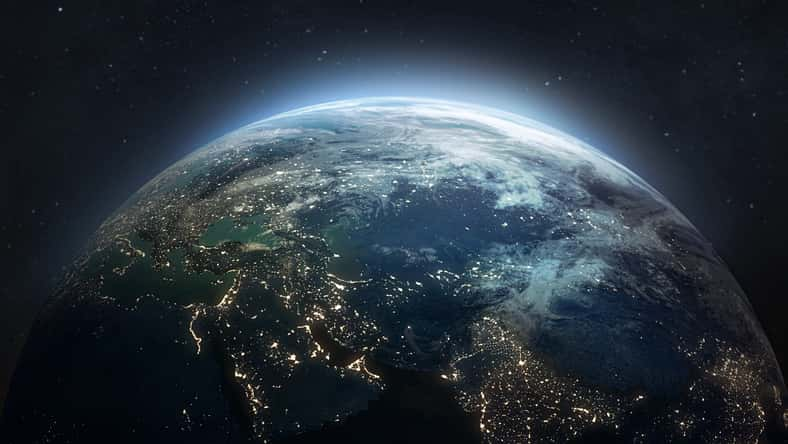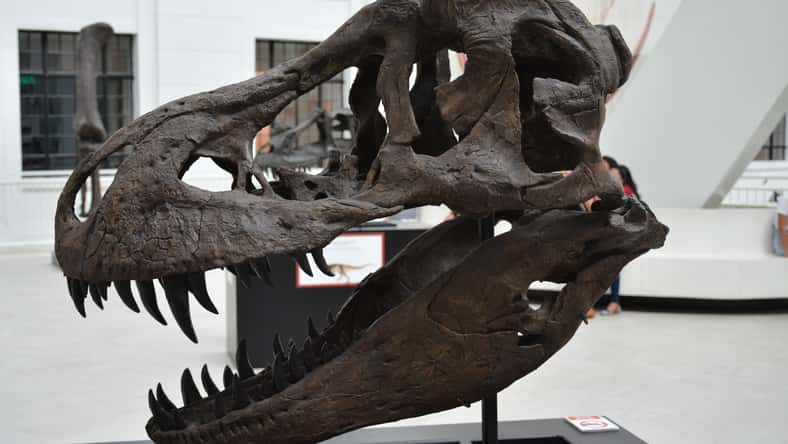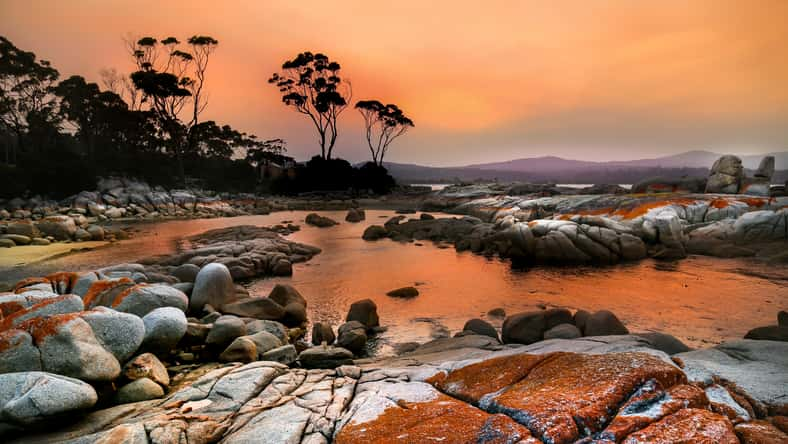
The largest iceberg in the world is floating freely once again after being trapped in a swirling ocean vortex for several months.
The iceberg is called A23a and spans roughly 1,500 square miles, which puts it at about the same size as the U.S. state of Rhode Island. It is around 1,300 feet thick and weighs almost one trillion metric tons.
In August 1986, A23a split from Antarctica. It was part of the Filchner-Ronne ice shelf on the northwest side of the continent and had been home to a Soviet research station. The Soviet scientists were able to recover their equipment after the iceberg broke off.
A23a did not make it very far before it became grounded on the floor of the Weddell Sea between Antarctica and South America. For decades, it stayed there, unmoving. In 2020, the iceberg began its travels once again.
The wind and ocean currents pushed the massive chunk of ice through the Weddell Sea at a rate of up to three miles per day.
But in August 2024, A23a got trapped in a spinning ocean vortex located near the South Orkney Islands. It spun about 15 degrees each day in what is known as a Taylor’s column. Aside from that, it did not move at all.
Now, A23a has finally escaped the vortex and is drifting in the Southern Ocean, according to the British Antarctic Survey.
Scientists have been tracking the iceberg, hoping to learn more about how it might affect the waters in new ocean regions.
Last year, a team of researchers boarded the vessel RRS Sir David Attenborough to take pictures and gather data near A23a. They also collected samples of the surface water behind, next to, and in front of A23a.

Sign up for Chip Chick’s newsletter and get stories like this delivered to your inbox.
“We know that these giant icebergs can provide nutrients to the waters they pass through, creating thriving ecosystems in otherwise less productive areas,” said Laura Taylor, a biogeochemist with the British Antarctic Survey and the University of Cambridge.
“What we don’t know is what difference particular icebergs, their scale and their origins can make to that process.”
A23a is expected to travel north along the Antarctica Circumpolar Current. It will likely head toward South Georgia Island. The warmer waters there will cause the iceberg to melt and separate into smaller pieces.
Every so often, larger icebergs break off from Antarctica, which is just part of the natural growth cycle of ice shelves. Eventually, the lost icebergs are replaced by new ones.
Natural iceberg breakaways are not related to climate change, and scientists claim that mega-icebergs like A23a do not contribute to rising sea levels.
However, experts have concerns about melting ice sheets in Antarctica and Greenland as global temperatures continue to increase.












